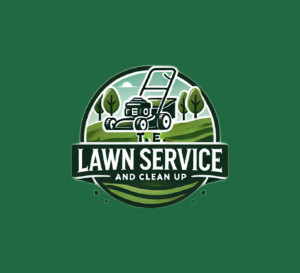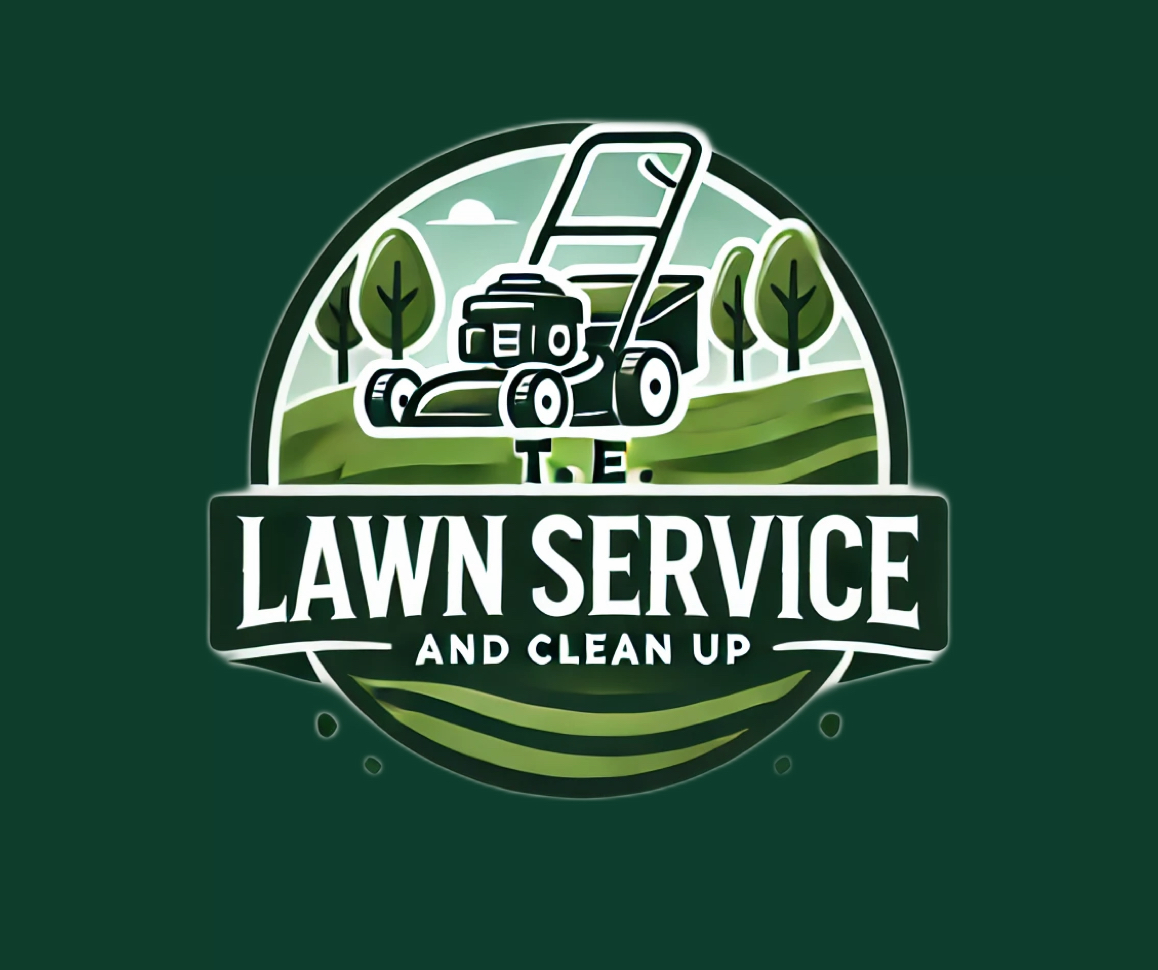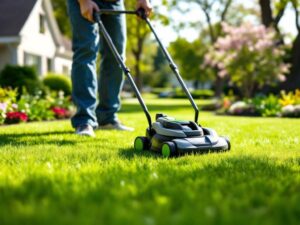A beautiful lawn is more than just healthy grass. The details around the edges make a major difference in how polished and inviting your yard appears. Clean edges between your lawn, driveway, sidewalks, and garden beds create structure and highlight your landscaping. For Atlanta homeowners, where curb appeal is an important part of property value, edging is one of the simplest yet most impactful lawn care practices.
At TE Lawn Service and Clean Up, we help homeowners achieve sharp, professional-looking edges that enhance both beauty and function. This guide will walk you through the reasons edging matters, the tools you will need, step by step techniques, and when it makes sense to call in a professional service.
Why Lawn Edging Matters
Edging is more than a cosmetic improvement. It provides several benefits that improve both the health and appearance of your yard.
- Improved curb appeal: Crisp edges make your yard look well maintained and professionally landscaped.
- Weed control: Defined boundaries reduce grass and weeds from creeping into garden beds.
- Easier maintenance: Edged lawns are easier to mow and trim, saving you time in the long run.
- Healthier plants: Clear separation between grass and flower beds prevents grass roots from stealing nutrients meant for your plants.
In Atlanta’s competitive housing market, edging can increase perceived property value and give your home a cleaner, more polished appearance.
Step 1: Gather the Right Tools
Before you begin edging your lawn, make sure you have the proper tools. You do not need to spend a fortune, but using the right equipment makes the process much easier.
- Manual edging tool: A half-moon edger or spade is useful for creating clean cuts.
- String trimmer: Works well for light edging along sidewalks and driveways.
- Power edger: A gas or electric edger provides fast, precise results for larger yards.
- Garden hose or string line: Helps mark straight edges before cutting.
- Mulch or stone: For finishing garden beds after edging.
Safety gear such as gloves, eye protection, and sturdy shoes is also recommended.
Step 2: Plan Your Edging Lines
Planning your edging is essential for achieving a balanced look. Decide where you want clear separation between grass and other elements of your yard. Common edging areas include:
- Along sidewalks and driveways
- Around flower beds
- Around trees and shrubs
- Along patios or walkways
Use a garden hose or string to mark curves and straight lines. This ensures consistency and prevents mistakes when you start cutting.
Step 3: Cut the Edge
Once your lines are marked, it is time to cut the edge. For small projects, a manual edger or spade works well. For larger lawns or frequent edging, a power edger provides professional results.
How to Edge Along Hard Surfaces:
- Position your tool along the marked line.
- Push straight down into the soil to create a vertical cut.
- Remove any grass or soil that spills onto the sidewalk or driveway.
How to Edge Around Garden Beds:
- Follow your curved line with the edger or spade.
- Create a trench about 2 to 3 inches deep to form a barrier.
- Remove the strip of sod and smooth the soil for a clean finish.
The goal is to create a clear, vertical boundary between your lawn and non-grass areas.
Step 4: Define and Maintain the Trench
After cutting, you need to refine the edge for a sharp appearance. A trench about 2 to 3 inches deep and wide prevents grass from creeping into beds.
Tips for trench maintenance:
- Fill the trench with mulch or decorative stone for contrast.
- Refresh mulch annually to maintain neat edges.
- Re-cut edges two or three times a year to keep them sharp.
This simple step makes a dramatic difference in the overall look of your yard.
Step 5: Mulch and Finish Garden Beds
Edging alone improves the look of your yard, but combining it with fresh mulch creates a professional finish. Spread mulch evenly in your garden beds, making sure it is level with or slightly below the edge you cut.
Mulch not only enhances appearance but also improves soil health, conserves water, and reduces weeds. Pine straw, shredded hardwood, or colored mulch are all popular and affordable options in Atlanta.
Step 6: Maintain Your Edges
The work does not stop after the first edging. To keep your lawn looking sharp, you need regular maintenance.
- Edge at least once per season or more often during peak growth in spring and summer.
- Use a string trimmer for light touch-ups between major edging sessions.
- Replace mulch as it settles or breaks down.
- Inspect edges after heavy rains, since water can wash away soil and blur boundaries.
Routine maintenance ensures your lawn continues to look polished year-round.
Common Mistakes to Avoid
Many homeowners attempt edging but make small errors that take away from the results. Avoid these common mistakes:
- Cutting edges too shallow, which allows grass to creep back quickly.
- Piling mulch against plant stems or tree trunks, which can cause rot.
- Forgetting to plan curves, resulting in uneven lines.
- Neglecting maintenance, which quickly erases your hard work.
With careful planning and consistent upkeep, edging can remain effective and attractive.
Budget-Friendly Edging Ideas
Edging does not have to be expensive. Here are a few affordable ideas for Atlanta homeowners:
- Use bricks or pavers to line garden beds for a classic look.
- Repurpose natural stones collected from your property.
- Try recycled rubber edging strips for a durable option.
- Stick with a simple trench edge filled with mulch for the lowest cost.
Each of these options improves curb appeal without breaking your budget.
Professional Edging Services in Atlanta
While edging is a manageable DIY project for many homeowners, some yards require more time and precision than most people want to invest. Large properties, sloped lawns, or intricate designs often benefit from professional care.
TE Lawn Service and Clean Up offers professional edging services that ensure sharp, consistent results every time. Our team uses commercial-grade equipment to create durable edges that highlight the beauty of your lawn and garden beds.
Our services include:
- Lawn and driveway edging
- Garden bed definition and mulching
- Seasonal refreshes for long-lasting results
- Complete lawn care including mowing, fertilization, and weed control
By hiring professionals, you save time while enjoying a yard that looks polished and well maintained.
Conclusion
Edging is one of the simplest ways to transform your lawn from average to exceptional. By creating clean lines between your grass, garden beds, and walkways, you improve curb appeal, control weeds, and make your property easier to maintain.
For Atlanta homeowners, DIY edging is achievable with the right tools and techniques, but professional services provide the precision and durability many people want.
If you are ready to enjoy a cleaner, sharper lawn, TE Lawn Service and Clean Up is here to help. Our edging and complete lawn care solutions are designed specifically for Atlanta’s climate and soil conditions, ensuring your yard looks beautiful all year long.
Contact TE Lawn Service today to schedule edging and discover how easy it is to give your lawn and garden beds a professional finish.




